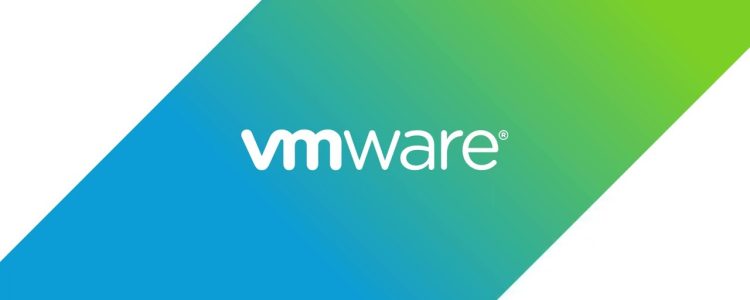Course Overview:
This course explores the VMware Infrastructure, which consists of VMware ESX Server & VMware Virtual Center Server. We will look at both the design environments and operational processes of the VMware Infrastructure. This course provides IT architects with the insight needed to tackle tough issues in server virtualization such as virtual machine technologies, storage infrastructure, and designing clustered environments. Extensive hands-on labs provide for a rich student experience.
Attendees to VM-315: VMware Infrastructure: Install, Configure, and Manage will receive TechNow approved course materials and expert instruction.
Dates/Locations:
| Date/Time | Event |
|---|---|
|
03/24/2025 - 03/28/2025 08:00 -16:00 |
VM-315: VMware Infrastructure: Install, Configure, and Manage TechNow, Inc, San Antonio TX |
|
06/16/2025 - 06/20/2025 08:00 -16:00 |
VM-315: VMware Infrastructure: Install, Configure, and Manage TechNow, Inc, San Antonio TX |
|
09/29/2025 - 10/03/2025 08:00 -16:00 |
VM-315: VMware Infrastructure: Install, Configure, and Manage TechNow, Inc, San Antonio TX |
Duration: 5 Days
Course Objectives:
- Virtual Infrastructure Overview
- ESX and ESXi Server Installation
- Configuration of Networking, Scalability and Security
- Storage
- Install and Configure vCenter Server and Components
- Creation, Deployment, Management, and Migration of Virtual Machines
- Utilize vCenter Server for Resource Management
- Utilize vCenter Server for Virtual Machine Access Control and User Managment
- Use vCenter Server to increase scalability
- Monitoring Your Environment
- Data & Availability Protection Troubleshooting
-
Use VMware vCenter Update Manager to apply ESXi patches
-
Use vCenter Server to manage vMotion, HA, DRS and data protection.
Prerequisites:
- To ensure your success, system administration experience on Microsoft or Linux operating systems is required.
Comments
Latest comments from students
User: wolfdenise
Instructor comments: The instructor was nice and kept us entertained while providing instruction.
Facilities comments: The facility was nice, clean and easy to get to.
User: asteeves@aol.com
Instructor comments: knowledgeable but can get off subject at times
Facilities comments: good

